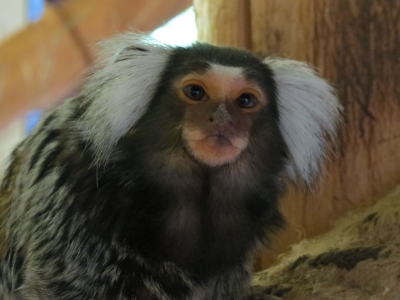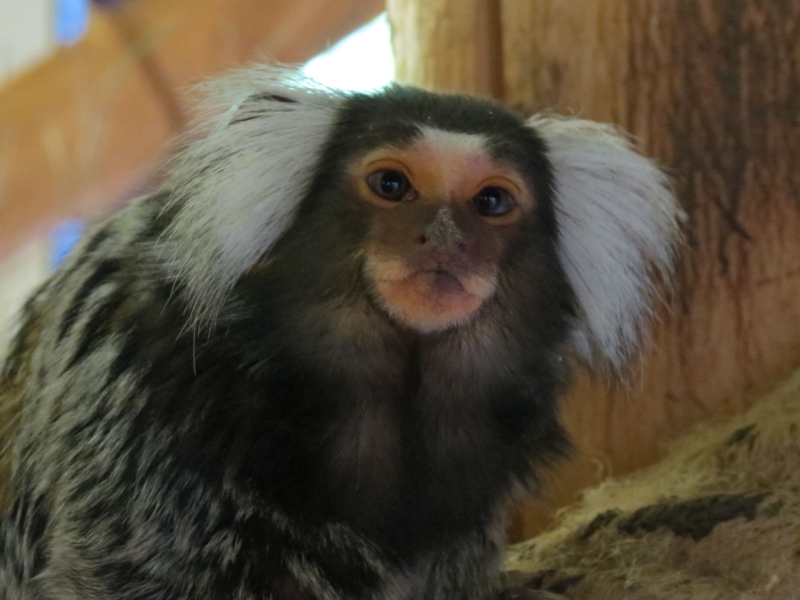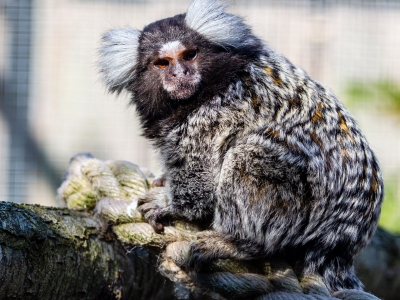White-tufted-ear marmoset Callithrix jacchus
Animals in our sanctuary
Wickie

Wickie was brought in together with Mumpy by Stichting AAP. He was found on a parking lot in the Hanover area, clearly dumped. Because of this, his history could not be retrieved.
Mumpy
.jpg)
Mumpy was handed over by his owner after the death of the mother of the animal to a rescue center in Sachsenhagen, Germany. There he was merged with Wickie.
Sinbad

Before Sinbad and his buddy Saphire came to Stichting AAP, their lives didn't look very bright. Sinbad was kept as a pet by a German private individual, together with a number of other monkeys. When the owner finally realized that they were not suitable pets, he asked for the help of the German animal protection. But for one of the animals his insight came too late, this monkey died of the consequences of wrong food. Fortunately the story of Sinbad and Saphire ended differently! They now get a hopeful new home in De Zonnegloed in a new spacious and adapted stay. Surrounded with the attention and care they deserve after a life of misery.
Where does he feel most at home?
The common marmoset lives in Brazil.
What's his favourite food?
They like to eat tree gum, flowers, berries, fruit and insects.
Fun fact
The common marmosets use vocal and visual communication.
Adopt this White-tufted-ear marmoset





